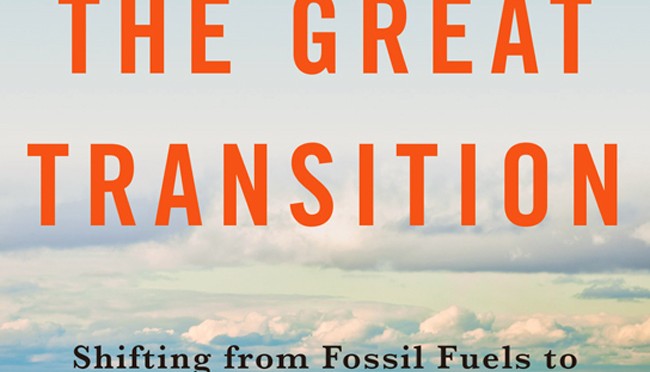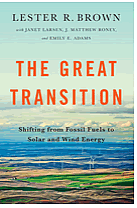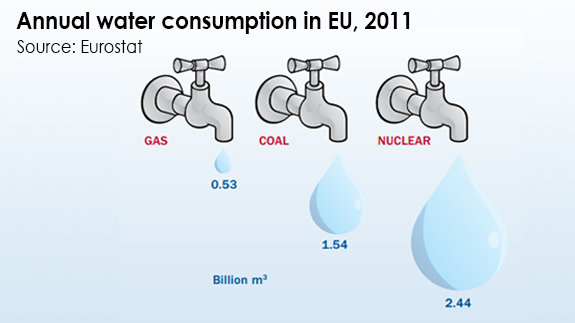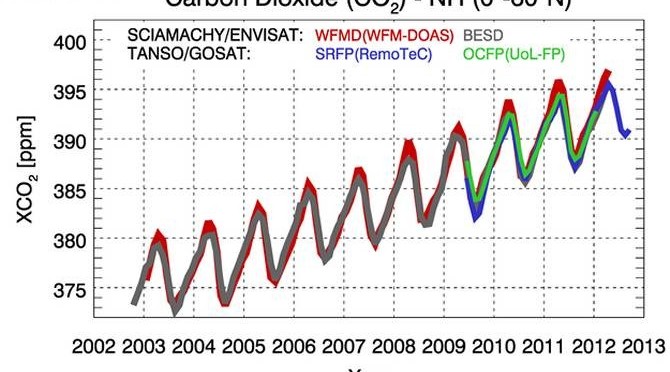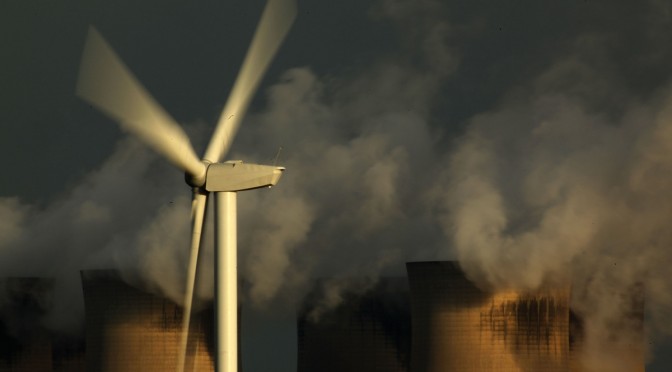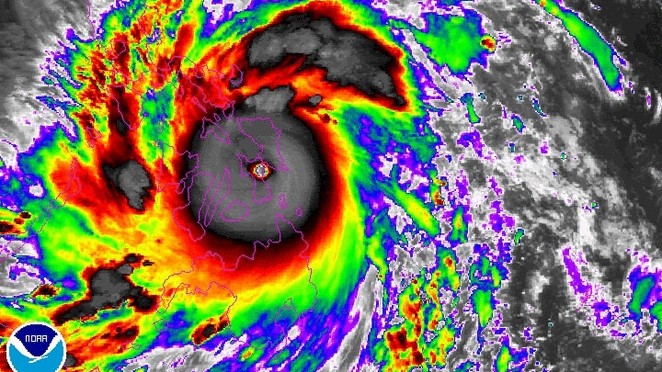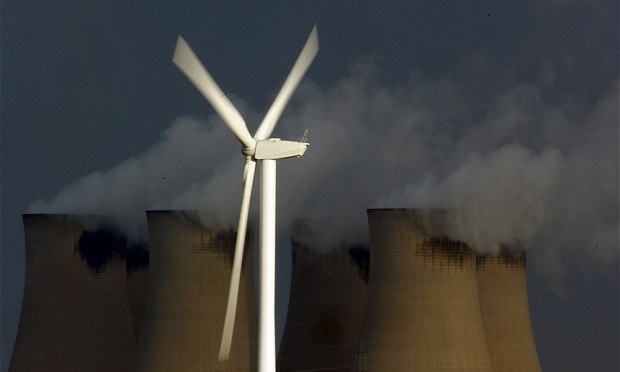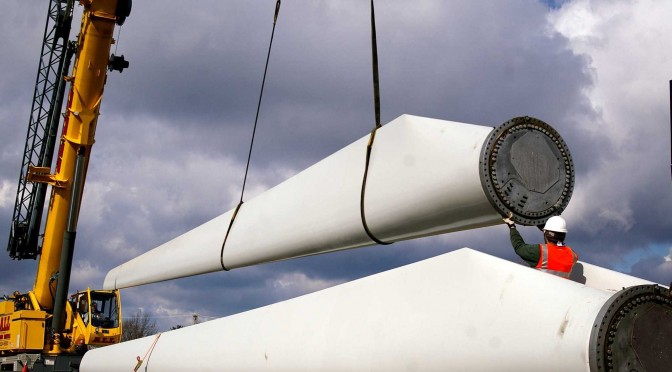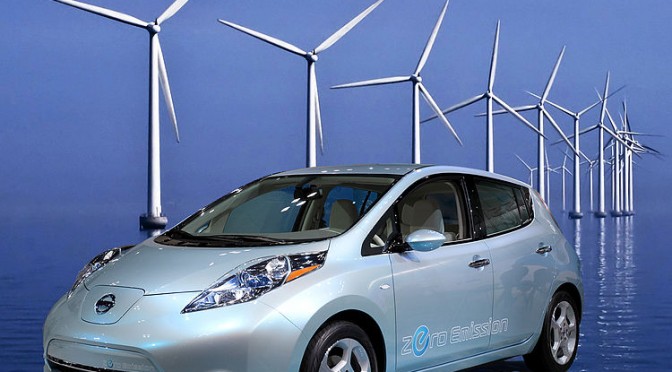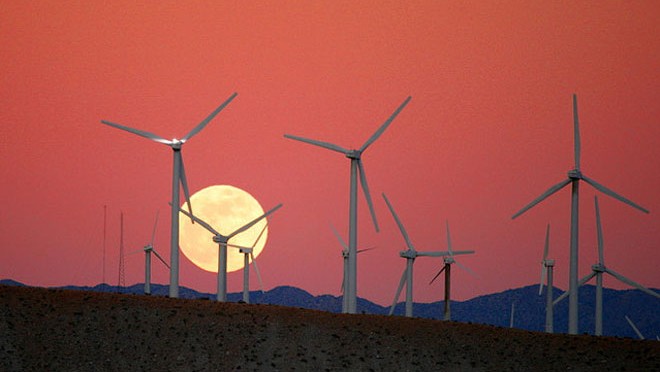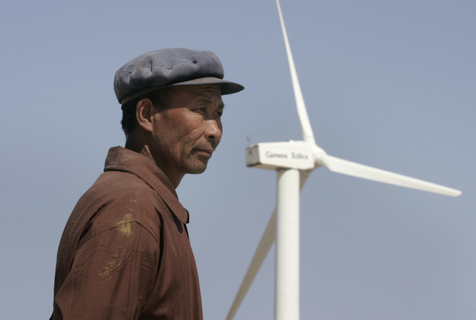The global transition to clean, renewable energy and away from nuclear and fossils is well under way, with remarkable developments happening every day. The Great Transition by Lester Brown, Janet Larsen, Matt Roney, and Emily Adams lays out a tremendous range of these developments – here are seven that may surprise you. 1. … Continue reading The Great Transition to Renewable Energy, Solar Power and Wind energy
Continue readingTag Archives: Earth Policy Institute
Lester R. Brown: The Great Energy Transition to Solar Power and Wind Energy Is Underway
The worldwide transition from fossil fuels to renewable sources of energy is under way. As fossil fuel resources shrink, as air pollution worsens, and as concerns about climate instability cast a shadow over the future of coal, oil and natural gas, a new world energy economy is emerging. The old economy, fueled largely by coal … Continue reading Lester R. Brown: The Great Energy Transition to Solar Power and Wind Energy Is Underway
Continue readingLester R. Brown’s latest highlights falling costs, rising adoption and failing nuclear, fossils
The global economy is now undergoing a transition from fossil and nuclear energy to clean power from solar, wind, and other renewable sources, according to the latest book from environmental analyst Lester Brown and his colleagues at the Earth Policy Institute (EPI). In The Great Transition: Shifting from Fossil Fuels to Solar and Wind … Continue reading Lester R. Brown’s latest highlights falling costs, rising adoption and failing nuclear, fossils
Continue readingWater Resources Fact Sheet
Water scarcity may be the most underrated resource issue the world is facing today. Seventy percent of world fresh water use is for irrigation. Each day we drink nearly 4 liters of water, but it takes some 2,000 liters of water——to produce the food we consume.1,000 tons of water is used to produce 1 ton … Continue reading Water Resources Fact Sheet
Continue readingPopulation Fact Sheet
The world population took until the start of the 19th century to reach 1 billion people. As population growth has picked up momentum, we have passed new milestones much more quickly. In 2011, the world reached 7 billion. Tonight 219,000 people will be at the dinner table who were not there last night—many of them … Continue reading Population Fact Sheet
Continue readingClimate Change Fact Sheet
Global emissions of carbon dioxide (CO2)—the principal climate-altering greenhouse gas—come largely from burning coal, oil, and natural gas. Coal, mainly used for electricity generation, accounts for 44 percent of global fossil-fuel-related CO2 emissions. Oil, used primarily for transportation, accounts for 36 percent of CO2 emissions. Natural gas, used for electricity and heating, accounts for the … Continue reading Climate Change Fact Sheet
Continue readingBicycle Share Fact Sheet
The prevalence of bicycles in a community is an indicator of our ability to provide affordable transportation, lower traffic congestion, reduce air pollution, increase mobility, and provide exercise to the world’s growing population. Bike-sharing programs are one way to get cycles to the masses. In early 2014, some 600 cities in 52 countries host advanced … Continue reading Bicycle Share Fact Sheet
Continue reading2013 Marked the Thirty-seventh Consecutive Year of Above-Average Temperature
Last year was the thirty-seventh consecutive year of above-normal global temperature. According to data from NASA, the global temperature in 2013 averaged 58.3 degrees Fahrenheit (14.6 degrees Celsius), roughly a degree warmer than the twentieth-century average. Since the dawn of agriculture 11,000 years ago, civilization has enjoyed a relatively stable climate. That is now changing … Continue reading 2013 Marked the Thirty-seventh Consecutive Year of Above-Average Temperature
Continue readingArctic Sea Ice Freefall is Mirror Image of Carbon Dioxide Ascent
The amount of Arctic sea ice has plummeted in recent decades—a bold manifestation of the rise in temperature resulting from the rapid increase in carbon dioxide (CO2) in the atmosphere. After staying below 300 parts per million (ppm) for some 800,000 years, the concentration of CO2 in the atmosphere skyrocketed as humans started burning more … Continue reading Arctic Sea Ice Freefall is Mirror Image of Carbon Dioxide Ascent
Continue readingClimate Change Driving Weather off the Charts
Meteorologists are calling the typhoon that slammed into the Philippines with 195-mile-an-hour winds on November 8, 2013, the most powerful tropical storm to make landfall on record. Super Typhoon Haiyan had gusts reaching 235 miles per hour and a storm surge swelling as high as 20 feet, so the destruction it left behind matched that … Continue reading Climate Change Driving Weather off the Charts
Continue readingU.S. Carbon Dioxide Emissions Down 11 Percent Since 2007
Carbon dioxide emissions from burning fossil fuels in the United States peaked at more than 1.6 billion tons of carbon in 2007. Since then they have fallen 11 percent, dropping to over 1.4 billion tons in 2013, according to estimates from the U.S. Energy Information Administration. Emissions shrank rapidly during the recession, then bounced back … Continue reading U.S. Carbon Dioxide Emissions Down 11 Percent Since 2007
Continue readingSolar energy topped 100,000 megawatts in 2012
The world installed 31,100 megawatts of solar photovoltaics (PV) in 2012—an all-time annual high that pushed global PV capacity above 100,000 megawatts. There is now enough PV operating to meet the household electricity needs of nearly 70 million people at the European level of use. While PV production has become increasingly concentrated in one … Continue reading Solar energy topped 100,000 megawatts in 2012
Continue readingCarbon Emissions: Fossil Fuel Use Pushes Carbon Dioxide Emissions into Dangerous Territory
Increasing global emissions of carbon dioxide (CO2), a heat-trapping gas, are pushing the world into dangerous territory, closing the window of time to avert the worst consequences of higher temperatures, such as melting ice and rising seas. Since the dawn of the Industrial Revolution, carbon emissions from burning fossil fuels have grown exponentially. Despite wide … Continue reading Carbon Emissions: Fossil Fuel Use Pushes Carbon Dioxide Emissions into Dangerous Territory
Continue readingWorld Wind Energy Set to Top 300,000 Megawatts in 2013
Even amid policy uncertainty in major wind power markets, wind developers still managed to set a new record for installations in 2012, with 44,000 megawatts of new wind capacity worldwide. With total capacity exceeding 280,000 megawatts, wind farms generate carbon-free electricity in more than 80 countries, 24 of which have at least 1,000 megawatts. At … Continue reading World Wind Energy Set to Top 300,000 Megawatts in 2013
Continue readingFalling Gasoline Use Means United States Can Just Say No to New Pipelines and Food-to-Fuel
Freeing America from its dependence on oil from unstable parts of the world is an admirable goal, but many of the proposed solutions—including the push for more home-grown biofuels and for the construction of the new Keystone XL pipeline to transport Canadian tar sands oil to refineries on the U.S. Gulf Coast—are harmful and simply … Continue reading Falling Gasoline Use Means United States Can Just Say No to New Pipelines and Food-to-Fuel
Continue readingIowa and South Dakota Approach 25 Percent Electricity from Wind in 2012: Unprecedented Contribution of Wind Power in U.S. Midwest
Defying conventional wisdom about the limits of wind power, in 2012 both Iowa and South Dakota generated close to one quarter of their electricity from wind farms. Wind energy accounted for at least 10 percent of electricity generation in seven other states. Across the United States, wind power continues to strengthen its case as a … Continue reading Iowa and South Dakota Approach 25 Percent Electricity from Wind in 2012: Unprecedented Contribution of Wind Power in U.S. Midwest
Continue readingWhere Has All the Ice Gone?
As the earth warms, glaciers and ice sheets are melting and seas are rising. Over the last century, the global average sea level rose by 17 centimeters (7 inches). This century, as waters warm and ice continues to melt, seas are projected to rise nearly 2 meters (6 feet), inundating coastal cities worldwide, such as … Continue reading Where Has All the Ice Gone?
Continue readingWind Energy Surpasses Nuclear Power in China
Wind energy has overtaken nuclear as an electricity source in China. In 2012, wind farms generated 2 percent more electricity than nuclear power plants did, a gap that will likely widen dramatically over the next few years as wind surges ahead. Since 2007, nuclear power generation has risen by 10 percent annually, compared with wind
Continue readingWarmest Decade on Record Brings Weather Extremes
In recent years weather events have whiplashed between the extremes of heat and cold, flooding and drought. Carbon dioxide and other greenhouse gases—largely from the burning of coal, oil, and natural gas—have loaded up in the atmosphere, heating the planet and pushing humanity onto a climatic seesaw of weather irregularities. High-temperature records in many places … Continue reading Warmest Decade on Record Brings Weather Extremes
Continue readingFull Planet, Empty Plates
More than 150 data sets accompany Lester R. Brown’s latest book, Full Planet, Empty Plates: The New Geopolitics of Food Scarcity. These tables and graphs help to explain the precarious situation in which humanity finds itself, as the world leaves an era of food surpluses and enters one of food scarcity. Here are some highlights … Continue reading Full Planet, Empty Plates
Continue reading